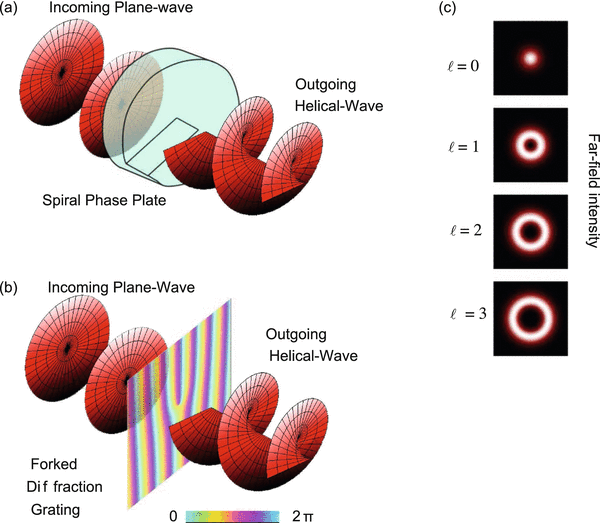Spin Angular Momentum

- “spin” degrees of freedom, i.e., intrinsic angular momenta associated with the internal structure of fundamental particles, provides additional motivation for the study of angu-lar momentum and to the general properties exhibited by dynamical quantum systems under rotations. 5.1 Orbital Angular Momentum of One or More Particles.
- Aug 11, 2020 The second type is due to the object’s internal motion—this is generally known as spin angular momentum (because, for a rigid object, the internal motion consists of spinning about an axis passing through the center of mass).
Properties of Spin Angular Momentum; Wavefunction of Spin One-Half Particle; Rotation Operators in Spin Space; Magnetic Moments; Spin Precession; Pauli Two-Component Formalism; Spinor Rotation Matrices; Factorization of Spinor-Wavefunctions; Spin Greater Than One-Half Systems; Exercises. At stake is the intrinsic angular momentum, or “spin”, of a proton. Spin is a quantum-mechanical property, akin to the angular momentum of a classical sphere rotating on its axis, except it comes in discrete units of integer or half-integer multiples of ħ. The proton, like the electron and neutron, has a spin of ħ/2, or “spin-1/2”. The Angular Momentum Matrices. An important case of the use of the matrix form of operators is that of Angular Momentum Assume we have an atomic state with (fixed) but free. We may use the eigenstates of as a basis for our states and operators.
Spin angular momentum is a specific type of angular momentum possessed by some nuclei. As such, it obeys all the relations given for angular momentum under the quantum mechanics of rotation, here. i.e. there are two quantum numbers associated with the spin angular momentum momentum that determine its properties.
All nuclei have a spin quantum number, I, which may be integral (including zero) or half-integral, but never negative. The value of I is characteristic of a given nucleus, and may vary between isotopes. Thus all 1H hydrogen nuclei have I = ½ , but all 2H deuterium nuclei have I = 1.
The magnitude of the spin angular momentum is determined by the quantum number I, and is given by:
Thus all nuclei with I > 0 have spin angular momentum.
Further, all nuclei with a spin angular momentum (i.e. all nuclei with nonzero I) have a magnetic moment with constant magnitude and an orientation determined by a second quantum number, mI. (To say that a nucleus has a magnetic moment means that in some ways it behaves like a small bar magnet.)

The quantum number mI properly determines the component of the spin angular momentum on an arbitrary axis, normally termed the z axis (The arbitrary axis may be defined, for example, by the field direction of an external electric or magnetic field.):
where mI can take values from I to -I. (mI = I, I – 1, I – 2 … -I)
Video Lecture On Spin Angular Momentum
This property indicates that for a given I, the spin (and thus the magnetic moment) of a nucleus can adopt 2I + 1 different orientations relative to a defined axis. A proton (1H hydrogen nucleus) has I = ½ , and thus its spin may adopt 2 different orientations (mI = -½ or mI = +½).
A large number of the nuclei that are studied by nuclear magnetic resonance (NMR) spectroscopy have I = ½, as they give rise simpler spectra than nuclei with I > ½ , but any nucleus with nonzero I may be studied by NMR. Spin ½ nuclei that are commonly studied include 1H (the most popular nucleus for NMR studies), 13C, 19F and 31P.

The state with mI = +½ is denoted α , while the state with mI = -½ is denoted β.
Intrinsic Angular Momentum Spin
Note that two very common isotopes, 12C and 16O, have I = 0, so have no spin angular momentum, no magnetic moment, and hence are invisible in NMR studies.